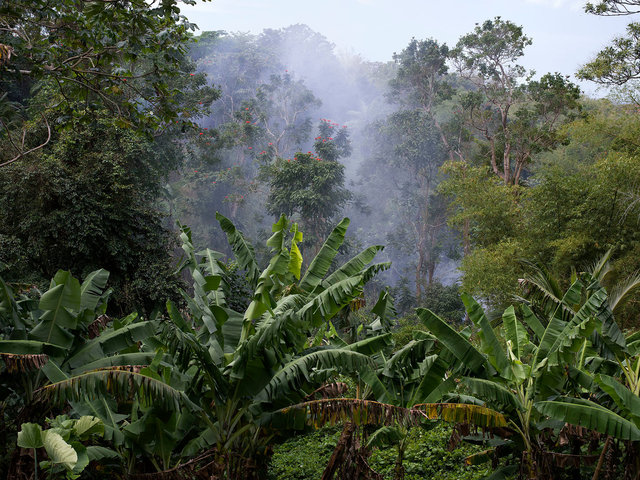
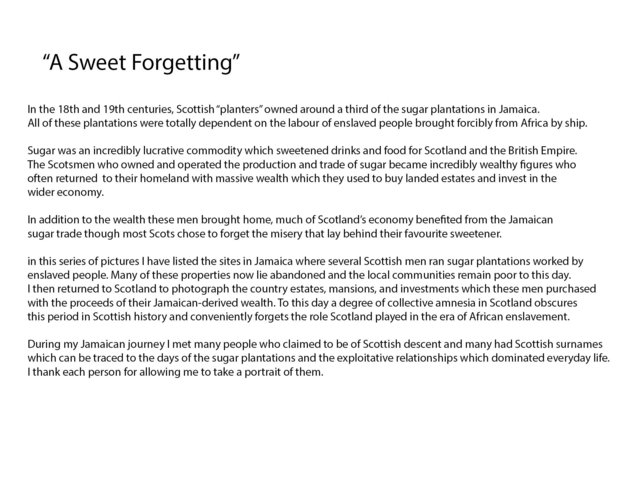
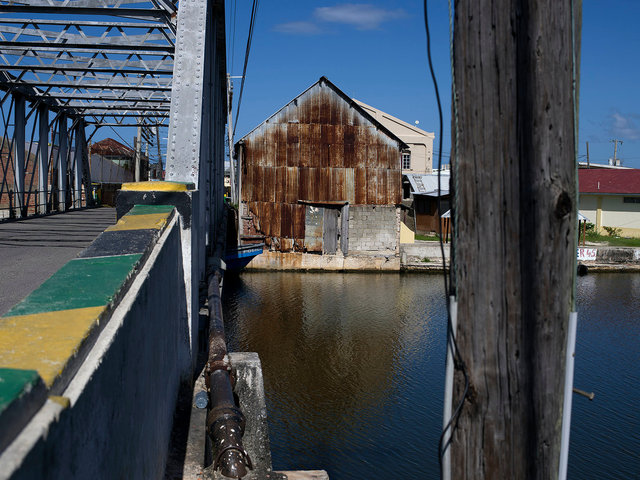
Farquarson Wharf in Black River, Jamaica. Most African slaves in the South Coast were sold from this Scottish-owned wharf.
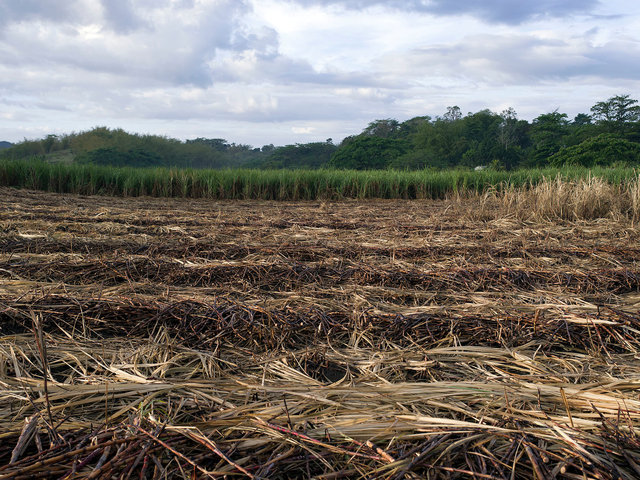
Salt Spring plantation in Jamaica's Hanover Parish was once owned by Scotsman Dugald Campbell in the 18th century.
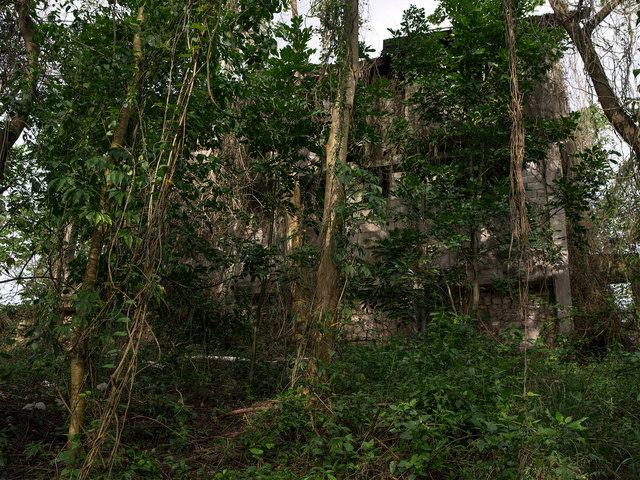
Salt Spring Great House and plantation in Jamaica's Hanover Parish was once owned by Scotsman Dugald Campbell in the 18th century.
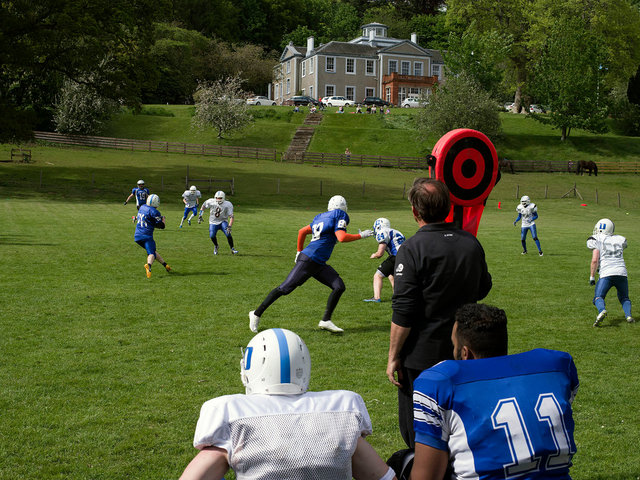
Ballendean House in Perthshire, once owned by John Wedderburn, a rich slave owner who made a fortune from owning sugar plantations in Jamaica. Wedderburn also owned a slave, Joseph Knight, who he brought back to Scotland to be his butler. Knight sued for his freedom in the Scottish courts and won.
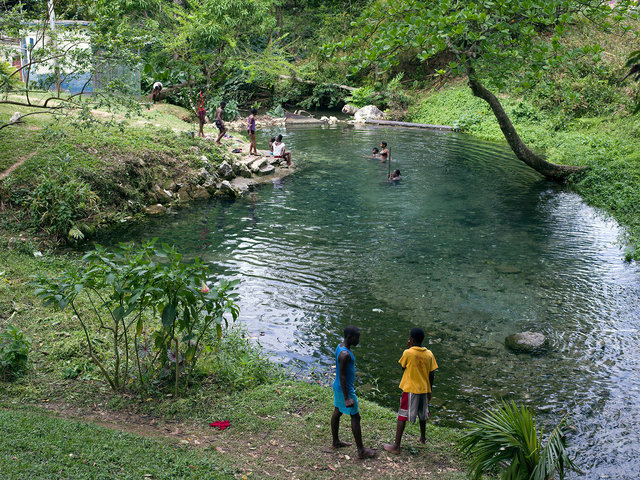
A view of a waterfall at Glen Isla, a sugar plantation once owned by Sir John Wedderburn of Ballendean, 6th Baronet of Blackness. Wedderburn returned rich to Scotland with a black slave, Joseph Knight, who sued in the Court of Session for his freedom.
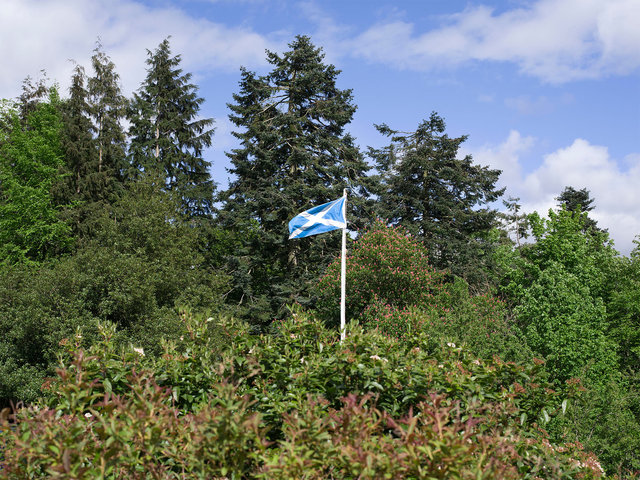
Ballendean House in Perthshire, once owned by John Wedderburn.
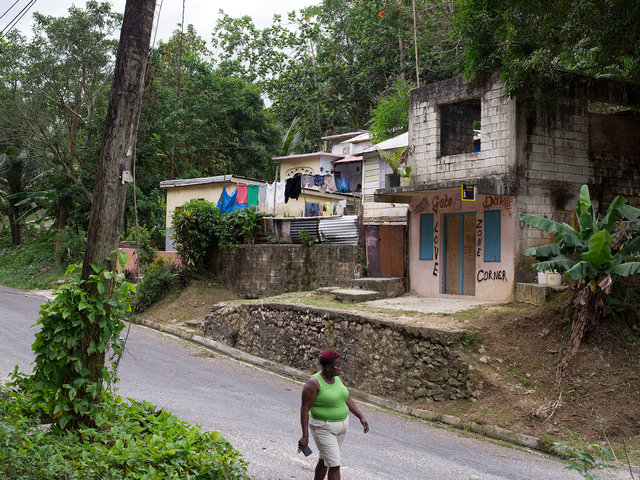
A view of Glen Islay; once owned as a sugar plantation by Sir John Wedderburn
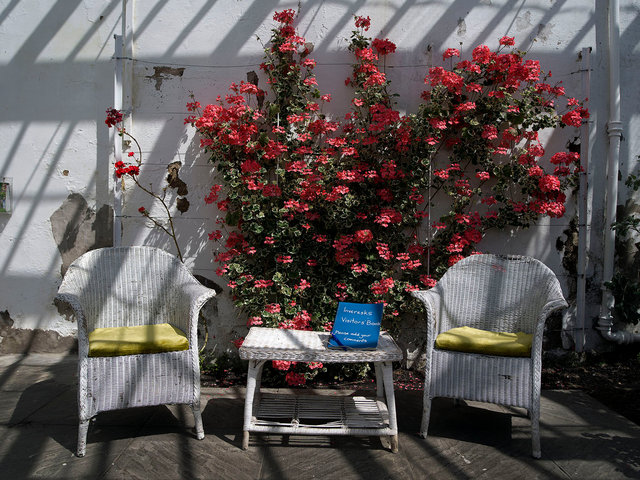
Inveresk Lodge Gardens in Musselburgh, were once owned by James Wedderburn, brother of John Wedderburn. These brothers owned several sugar plantations in the west of Jamaica during the late 18th century and returned to Scotland wealthy men.
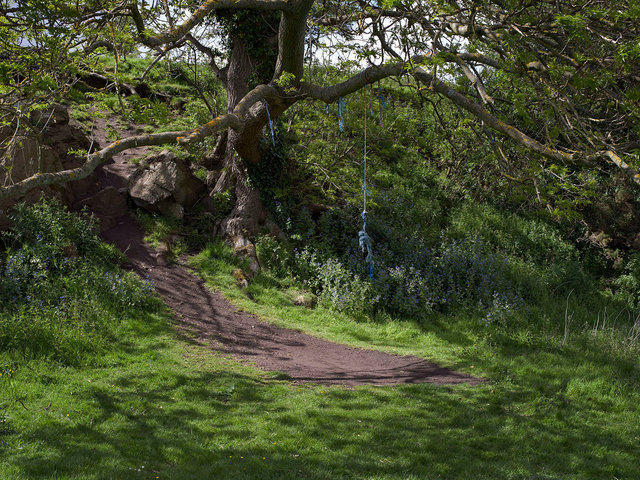
A rope swing in the grounds attached to Blackness Castle , the ancestral home of John Wedderburn, who was a slave-owner in Jamaica in the 18th century. Wedderburn owned the slave, Joseph Knight who he brought back to Scotland to be his butler. Joseph Knight sued and won his freedom in the Court of Session in Edinburgh.
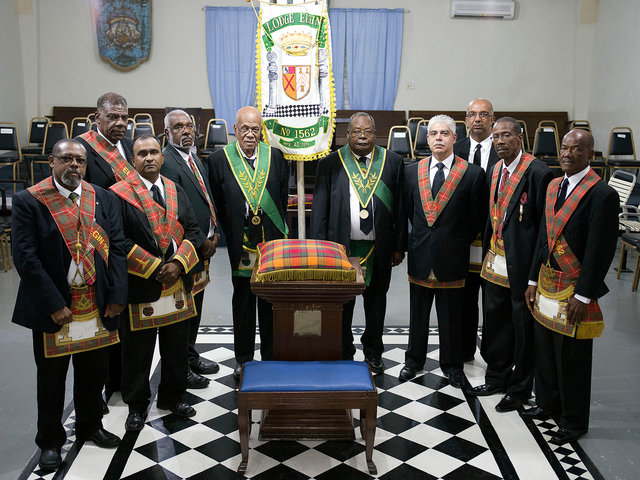
Members of the Elgin Scottish Masonic Lodge based in Montego Bay, Jamaica
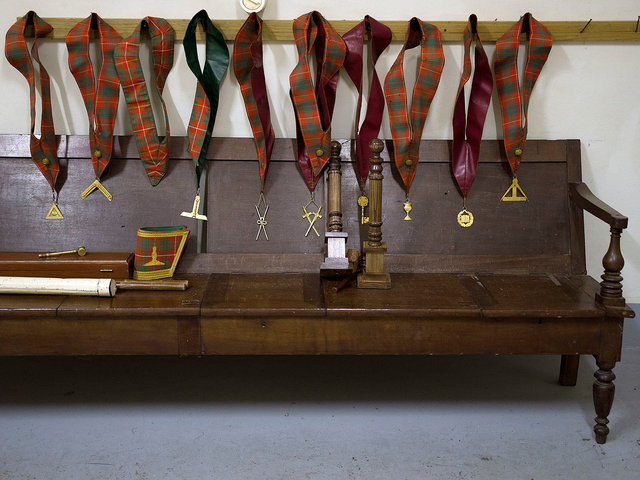
Insignia of the Elgin Scottish Masonic Lodge based in Montego Bay, Jamaica
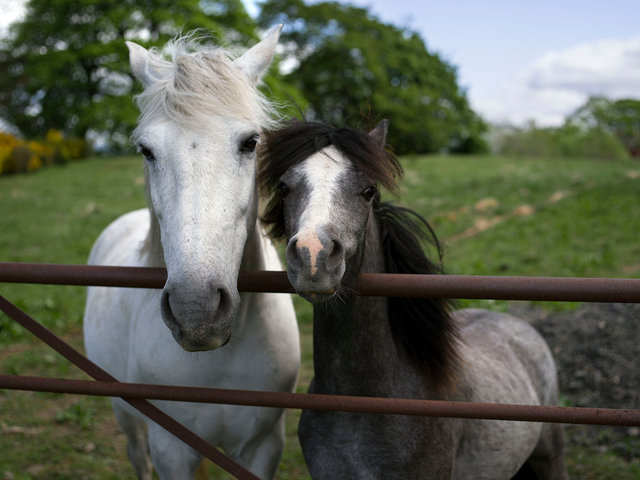
Sauchie estate in Clackmannanshire was once owned by Sir James Stirling, a Lord Provost of Edinburgh who owned and managed several plantations in Jamaica including one named, Hampden.
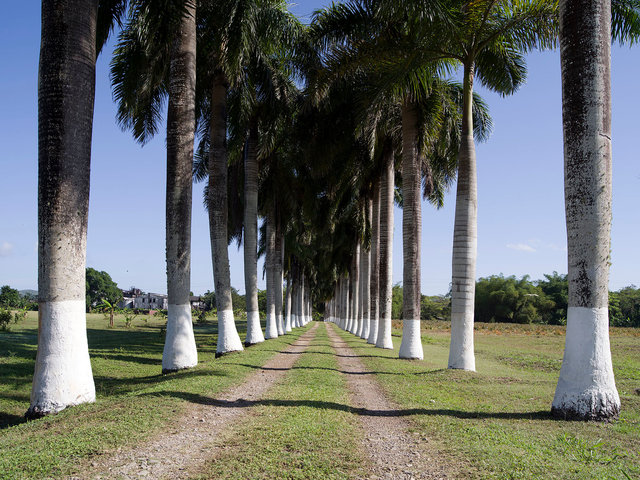
A tree-lined drive leading to Hampden Sugar plantation in Jamaica. From 1753 it was under the ownership of Mr. Archibald Stirling of Scotland and managed by a relative, James Stirling, who upon returning to Scotland became Lord Provost of Edinburgh
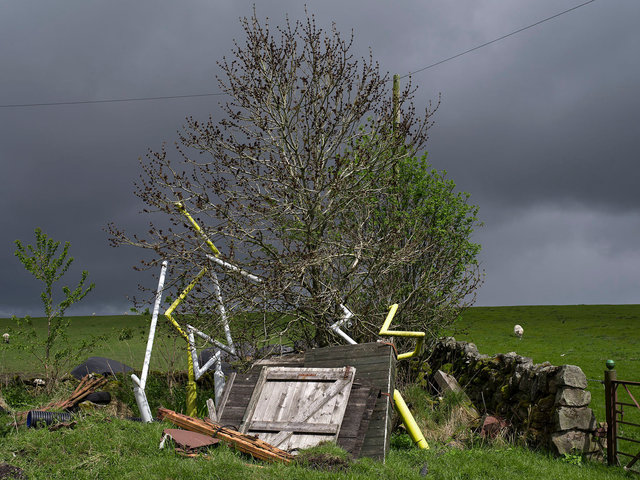
Grieve Hill in Ayrshire is an open-cast coal mine. The mine and the land surrounding it was once owned by Sir James Stirling, Lord Provost of Edinburgh in the late 18th century. Stirling owned and managed several sugar plantations in Jamaica including one called, Hampden, and the wealth generated from his plantations led him to buy several large properties in Scotland.
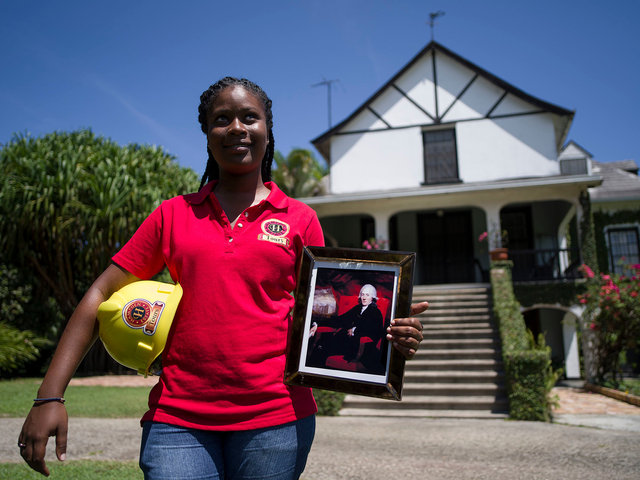
Ms. Dumbar is a tour guide at Hampden Rum Factory which is on the sugar estate once by the Striling family. She is holding a portrait of Sir James Stirling, ex Lord Provost of Edinbugh who once ran Hampden Sugar plantation. The portrait was painted by Raeburn, one of several he painted of slave-owners.
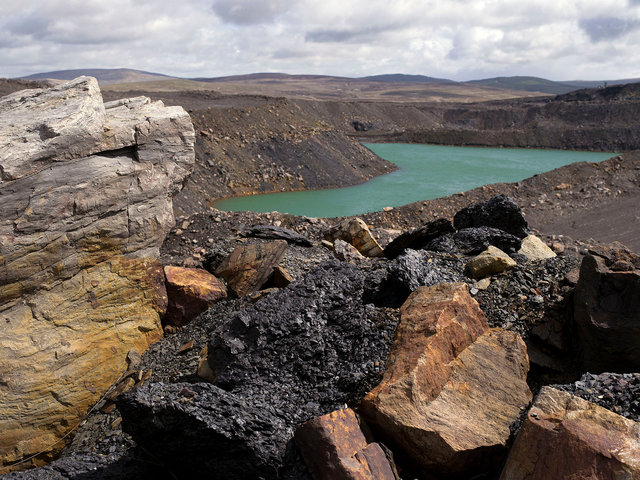
Grieve Hill in Ayrshire is an open-cast coal mine. The mine and the land surrounding it was once owned by Sir James Stirling, Lord Provost of Edinburgh in the late 18th century. Stirling owned and managed several sugar plantations in Jamaica including one called, Hampden, and the wealth generated from his plantations led him to buy several large properties in Scotland.
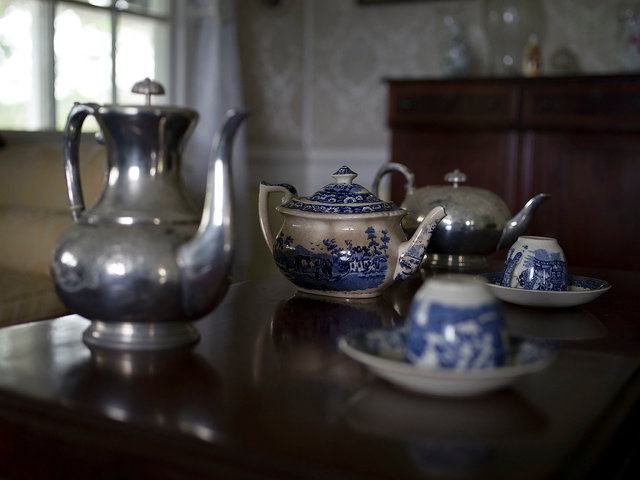
Bellfield Planatation near Montago Bay in Jamaica. Bellfield was once owned in the 18th century by Scottish slave-owner, John Cunningham, who died in Jamaica and who is buried in a church in Montego Bay.
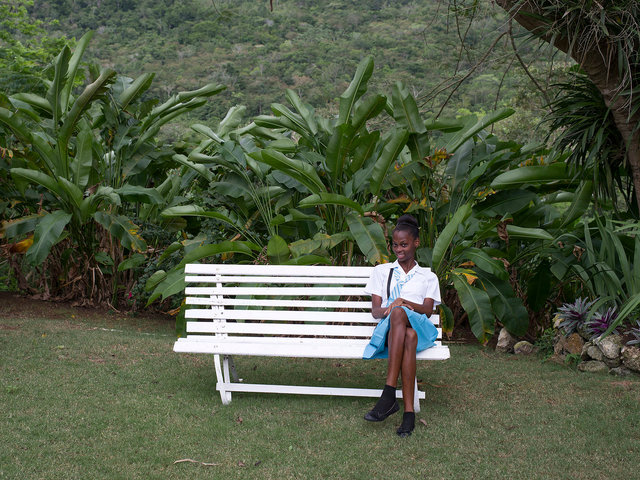
A schoolgirl on a tour of Bellfield Planatation near Montago Bay in Jamaica. Bellfield was once owned in the 18th century by Scottish slave-owner, John Cunningham, who died in Jamaica and who is buried in a church in Montego Bay.
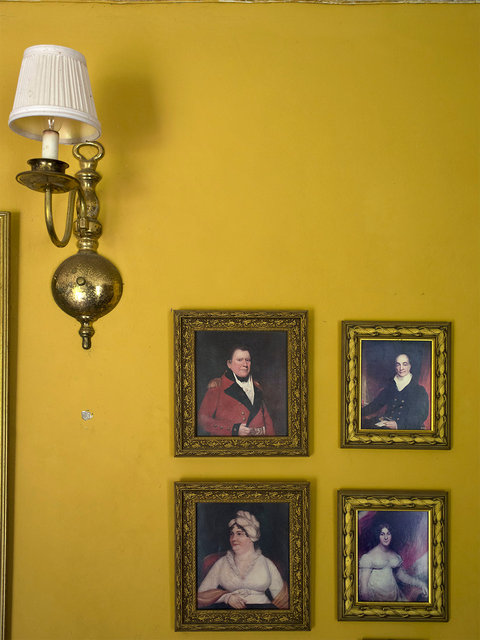
The interior of Bellfield Planatation Great House near Montago Bay in Jamaica. Bellfield was once owned in the 18th century by Scottish slave-owner, John Cunningham, who died in Jamaica and who is buried in a church in Montego Bay. The house is now a "living museum" for the Kerr-Jarret family.
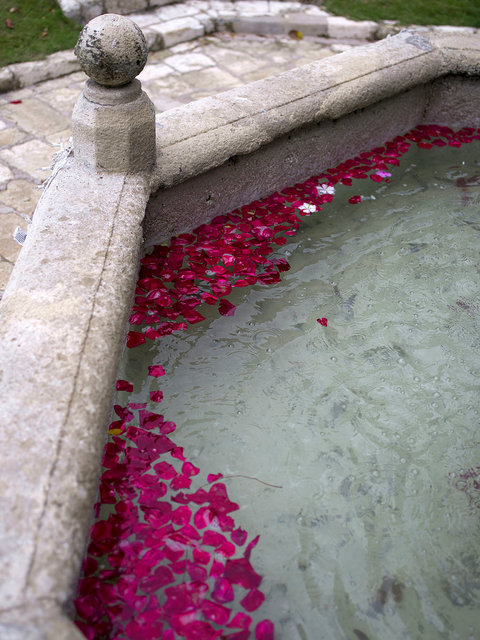
A fountain at Bellfield Planatation near Montago Bay in Jamaica. Bellfield was once owned in the 18th century by Scottish slave-owner, John Cunningham, who died in Jamaica and who is buried in a church in Montego Bay. The house now hosts wedding ceremonies.
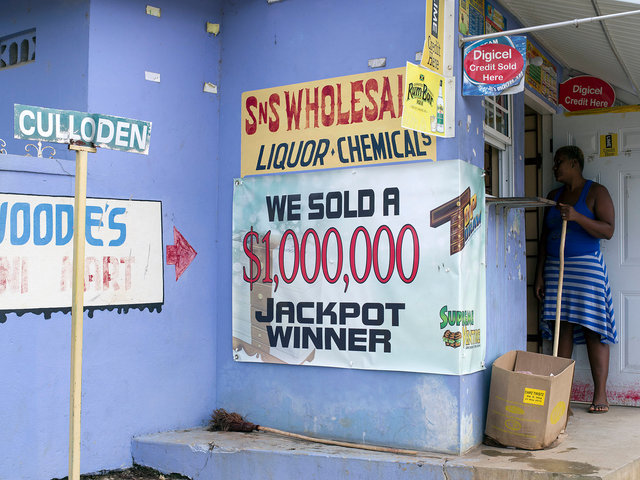
A street corner lottery store in the small village of Culloden, in Western Jamaica

Miss Viola Taylor of Treasure Beach, Jamaica, who had a Scottish grandfather

Lillieth Rose, a Christian who is part of the group, Flag-Up Scotland/Jamaica who are campaigning for Scotland to compensate and/or apologise for Scottish injustices during the slavery period.
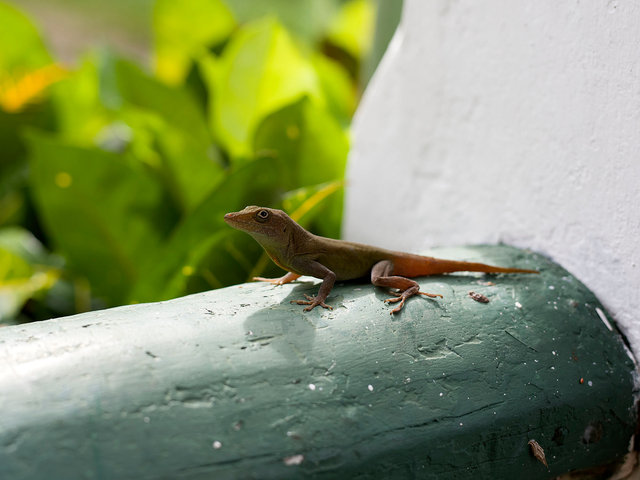
A lizard at Roaring River great house and plantation which was once owned by Scotsman Robert Cunningham-Graham. The estate is now owned by the Jamaican government and may soon be sold to a Chinese construction company to become a resort.
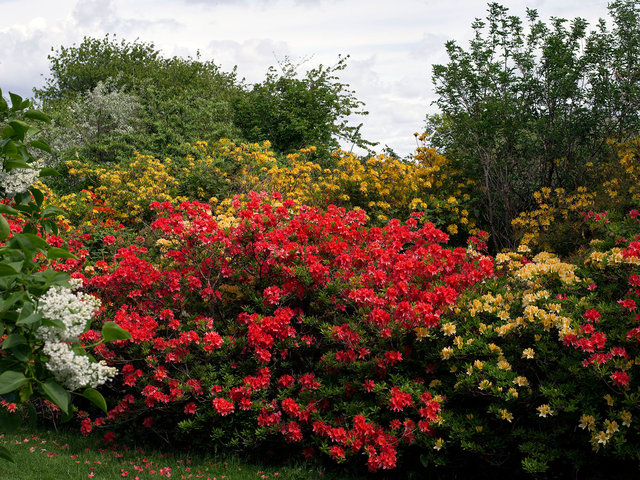
A section of garden at Finlaystone Estate by the Clyde, once owned by Robert Cunninghman-Graham an 18th century Scottish slave-owner who made a fortune from his Roaring River sugar plantation in Jamaica.
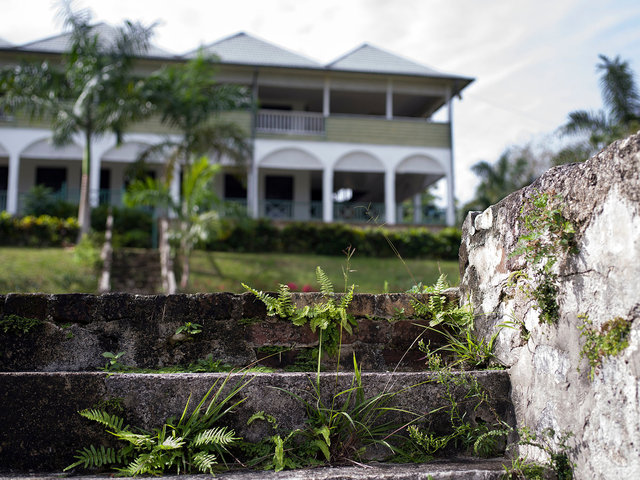
Roaring River great house and plantation which was once owned by Scotsman Robert Cunningham-Graham. The estate is now owned by the Jamaican government and may soon be sold to a Chinese construction company to become a resort.
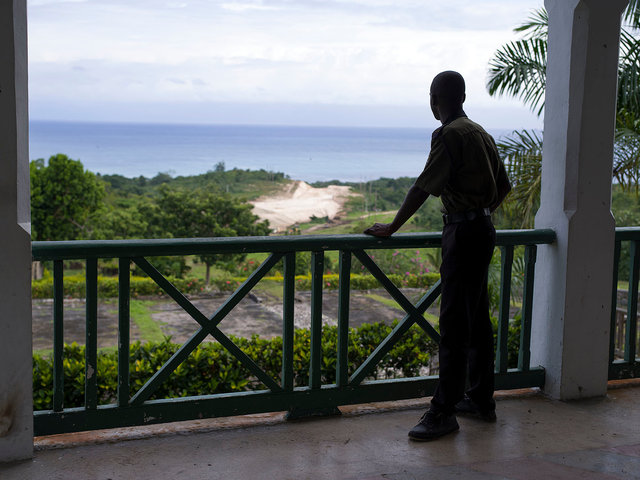
A security guard at Roaring River great house and plantation which was once owned by Scotsman Robert Cunningham-Graham. The estate is now owned by the Jamaican government and may soon be sold to a Chinese construction company to become a resort.
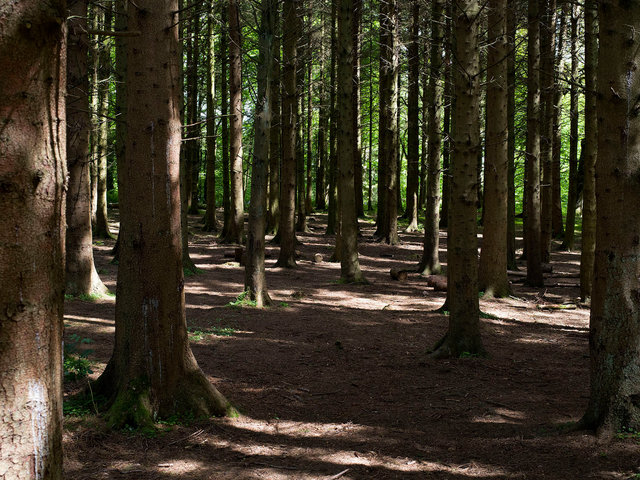
A wood in Finlaystone Estate by the Clyde, once owned by Robert Cunninghman-Graham an 18th century Scottish slave-owner who made a fortune from his Roaring River sugar plantation in Jamaica.
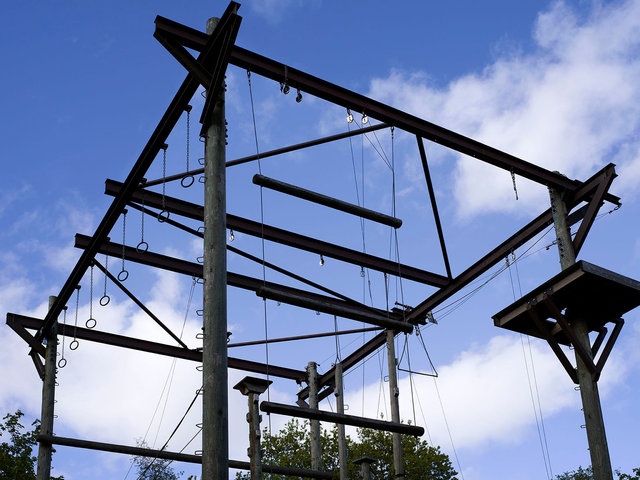
A climbing frame in the grounds of Gartmore House near Aberfoyle, once owned by Robert Cunninghman-Graham an 18th century Scottish slave-owner who made a fortune from his Roaring River sugar plantation in Jamaica.
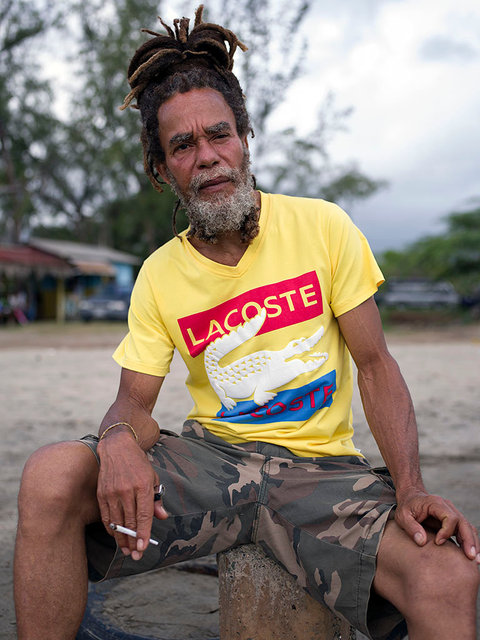
Clarence Williams lives in Treasure Beach, which has a high proportion of light-skinned Jamaicans of Scottish descent possibly due to a shipwreck of Scottish sailors in the 19th century
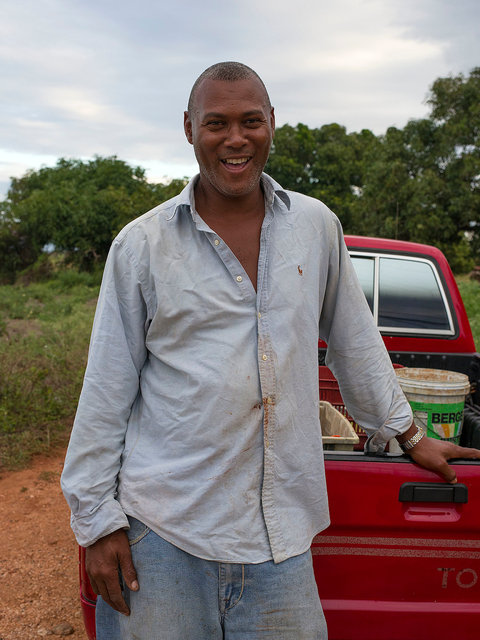
Everett Blair lives in Treasure Beach, which has a high proportion of light-skinned Jamaicans of Scottish descent possibly due to a shipwreck of Scottish sailors in the 19th century. He has visited Blair Atholl distillery to meet the "family"
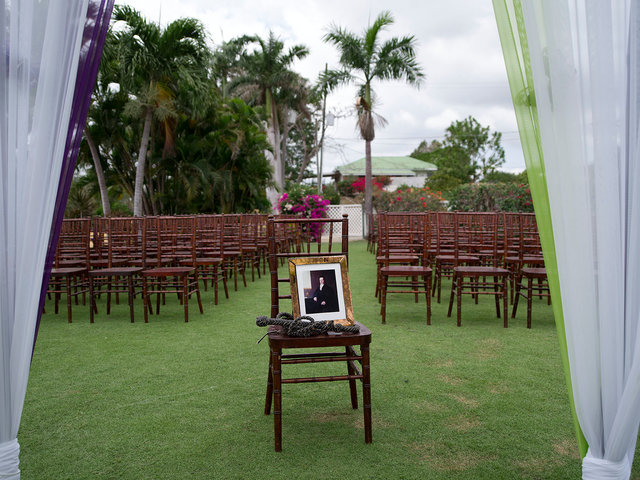
Caymanas sugar plantation, near Kingston, was once owned by James Ewing a Glasweigan sugar baron who when in Glasgow made "improvements" to much of the city including Jamaica Bridge and the Necropolis. It is now largely a golf resort which also hosts weddings.
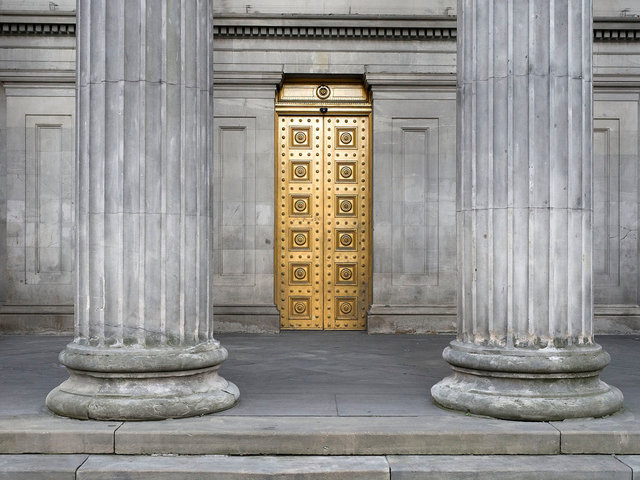
The Gallery of Modern Art in Glasgow, used to be the Royal Exchange building which James Ewing, Lord Provost of Glasgow in the late 18th century, inaugurated to handle Glasgow's international trade, particularly in sugar arriving from the West Indies.
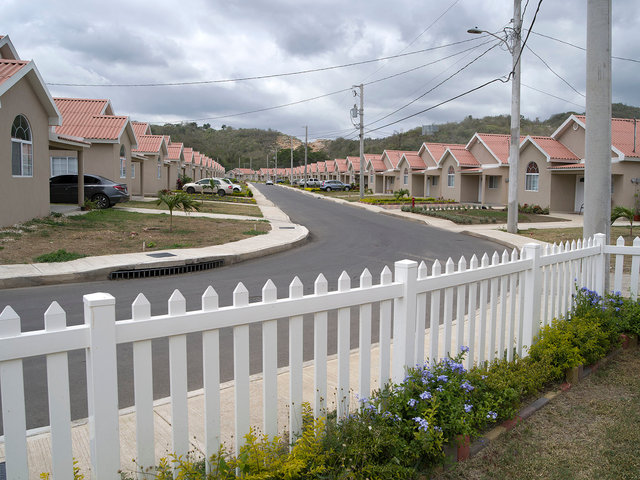
Caymanas sugar plantation, once owned by James Ewing a Glasweigan sugar baron. Part of the property is now a gated community attracting middle class black families.
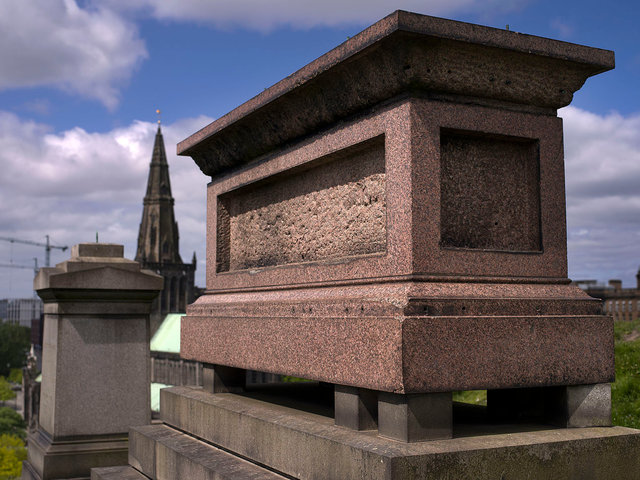
The tomb of former Glasgow Lord Provost, James Ewing. Ewing who owned hundred of slaves in Jamaica was instrumental in devising the Glasgow Necropolis as a cemetery for the city's rich traders and merchants.
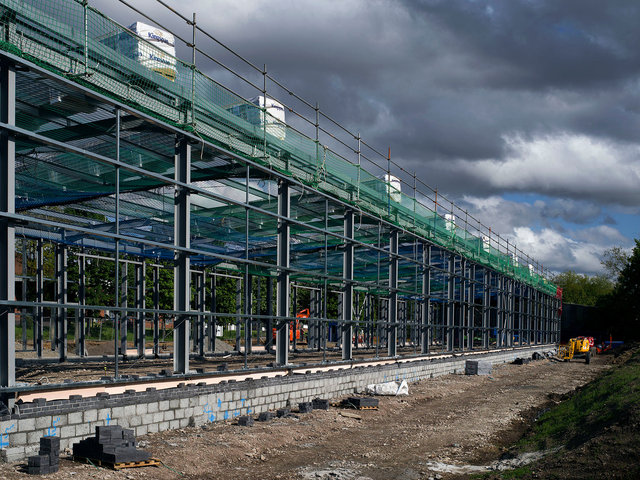
Stratheleven Industrial Estate is on land once owned by Glasgow Lord Provost, James Ewing. Ewing was one of the richest men in Glasgow in the late 18th Century, and owned several sugar plantations in Jamaica. A large mansion owned by Ewing, Strathleven House, was one of the first Palladian houses in Scotland.
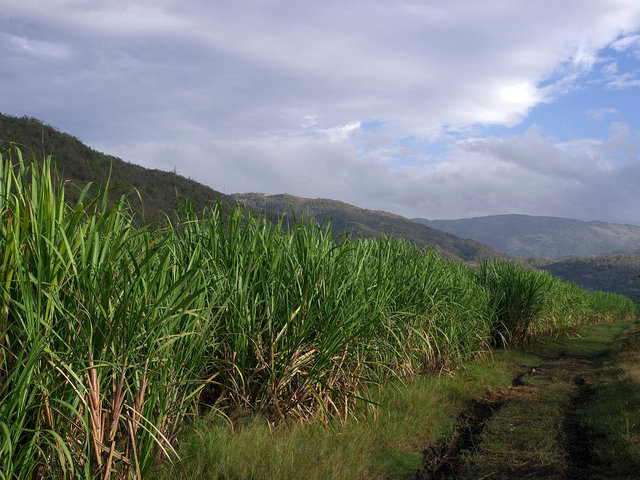
Caymanas sugar plantation in Jamaica once owned by James Ewing a Glasweigan sugar baron who in Glasgow made "improvements" to much of the city including Jamaica Bridge and the Necropolis.
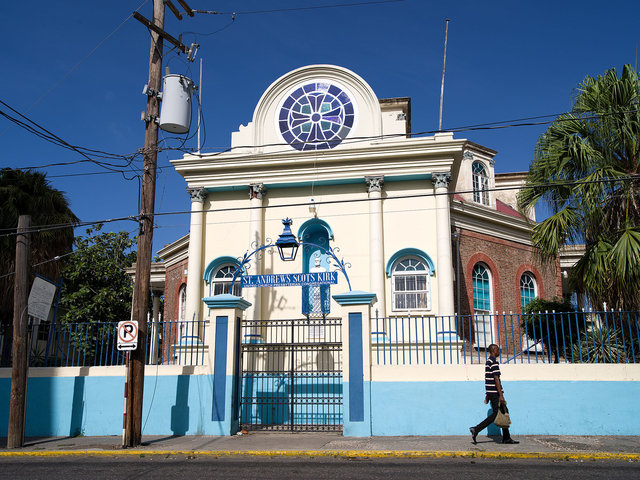
The Scots Kirk in Kingston, Jamaica, which was set-up by Scottish planters in the 18th century.
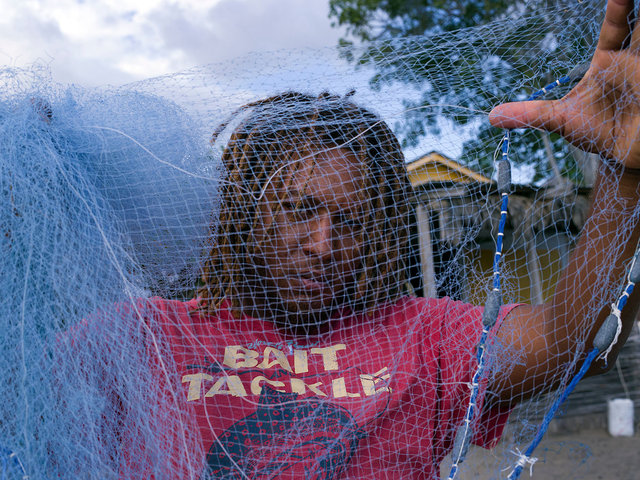
Andrew McLean Lynch lives in Treasure Beach, which has a high proportiion of light-skinned Jamaicas of Scottish descent possibly due to a shipwreck of Scottish sailors in the 19th century. He owns a beach hotel.
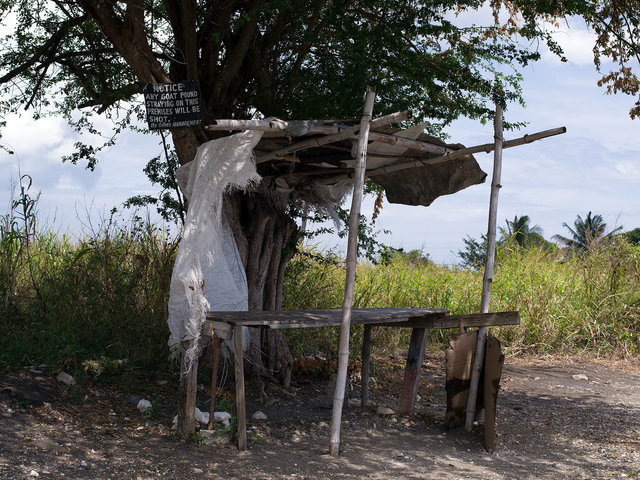
Robert Hamilton was Ayrshire's biggest sugar baron and his huge country house in Ayrshire, Rozelle, was named after his planation in Jamaica. The property is now a very poor community
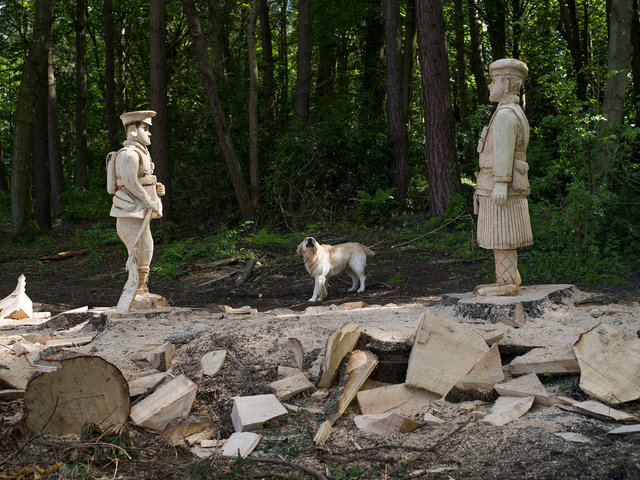
Rozelle Country Estate in Ayshire which was once owned by slave-owner and planter, Robert Hamilton. This grand country estate was bought with the wealth generated by his sugar plantation in Jamaica which was also called Rozelle. Today the estate is owned by Ayrshire Council.
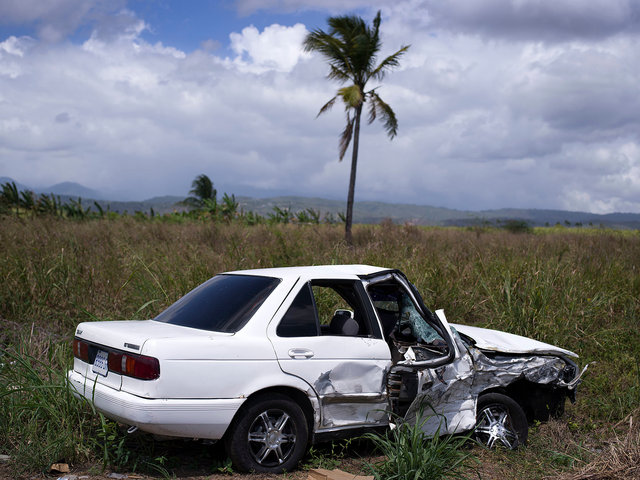
Robert Hamilton was Ayrshire's biggest sugar baron and his huge country house in Ayrshire, Rozelle, was named after his plantation in Jamaica. The property is now a very poor community
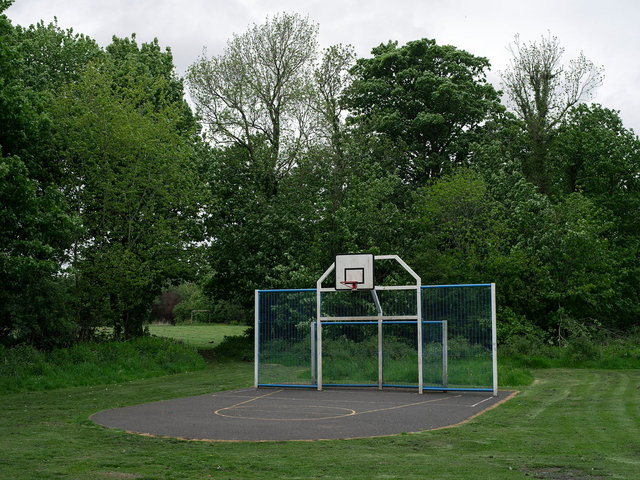
Bourtree Hill near Irvine in Ayrshire. A grand mansion once sat on this land and was owned by slave-owner, Robert Hamilton, who made his fortune from a sugar plantation in Jamaica known as Rozelle.
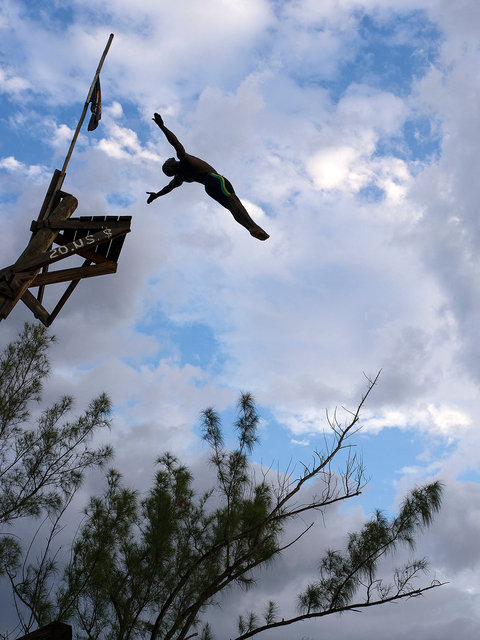
An acrobatic diver in Negril, Jamaica.
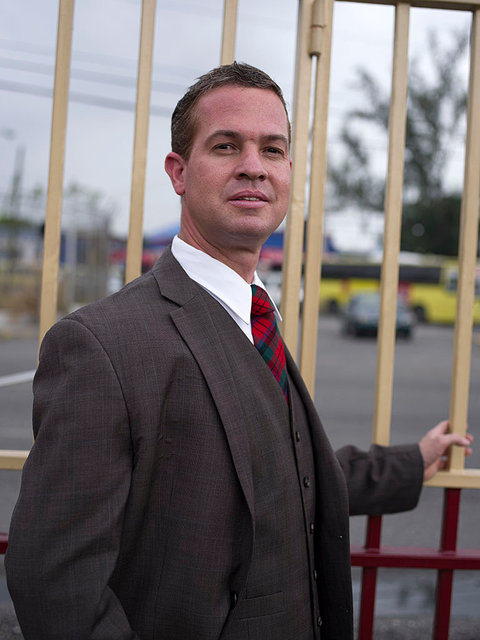
Arthur Bogues is president of the Caledonian Society of Jamaica. His family came to Jamaica in the late 18th century.
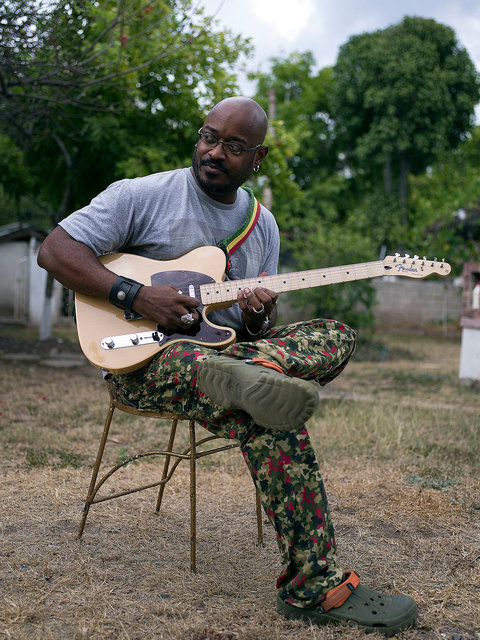
Wayne McGregor, Jamaican muscian and lawyer whose grandfather was Scottish
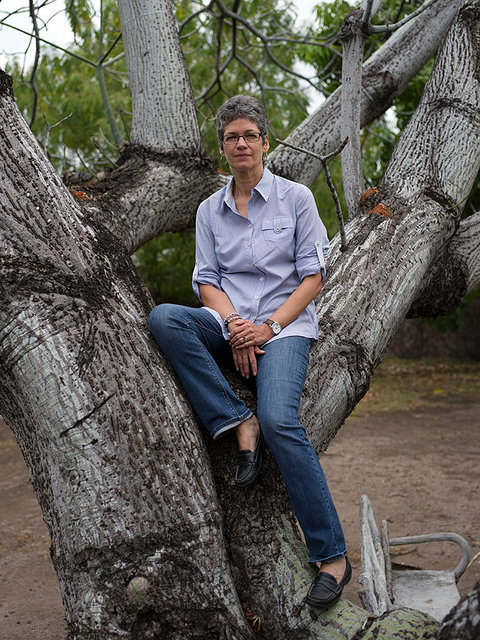
Diana McCaulay's great grandfather emigrated to Jamaica in the mid 19th century and became a missionary. Diana runs Jamaica's Enivronment Trust
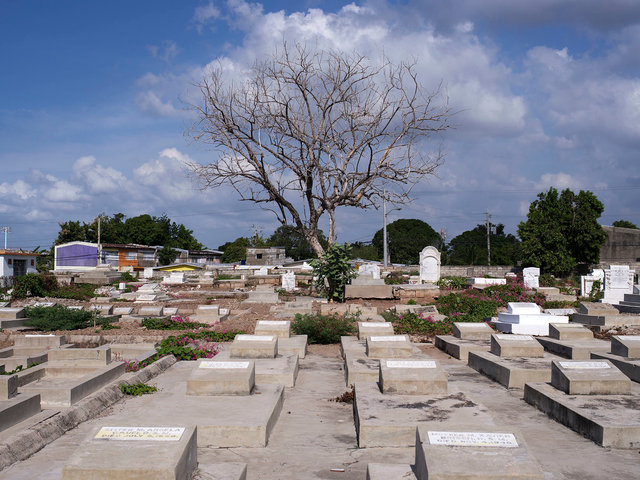
Calvary Cemetery in Kingston, Jamaica. The land was once owned by Scottish slaveowner, John Newland, who founded Bathgate Academy.
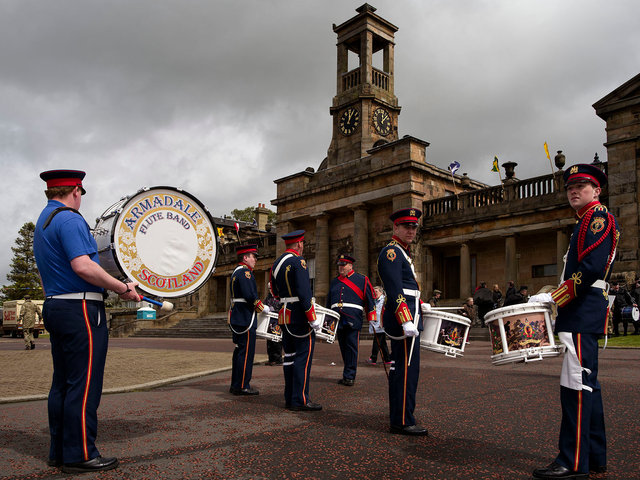
The original Bathgate Academy, the funds for which were gifted to the town by Scottish slave-owner and Bathgate-born, John Newlands. Newlands owned much property in the capital of Jamaica, Kingston and his first slave was named, "Lucky".
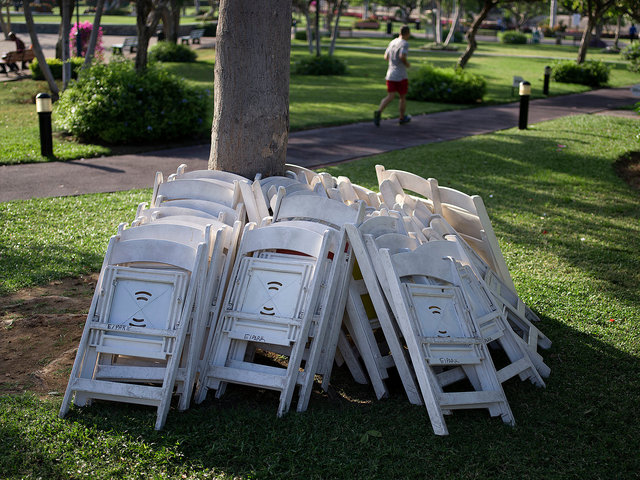
The land that is now Emancipation Park in Kingston was once owned by John Newlands whose first slave was called, "Lucky". He went on to found Bathgate Academy in Scotland.
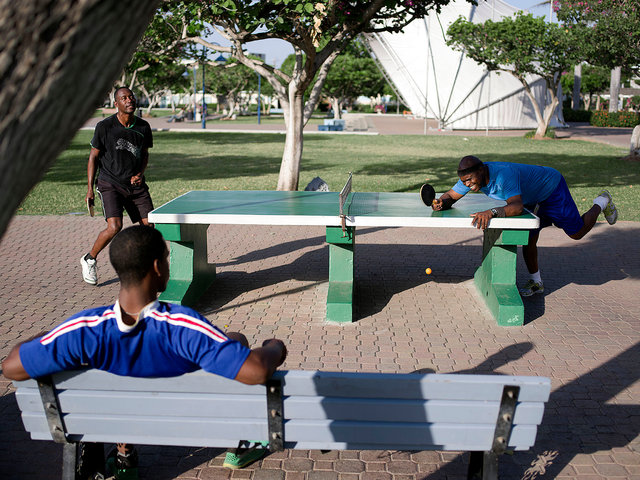
The land that is now Emancipation Park in Kingston was once owned by John Newlands whose first slave was called, "Lucky". He went on to found Bathgate Academy in Scotland.
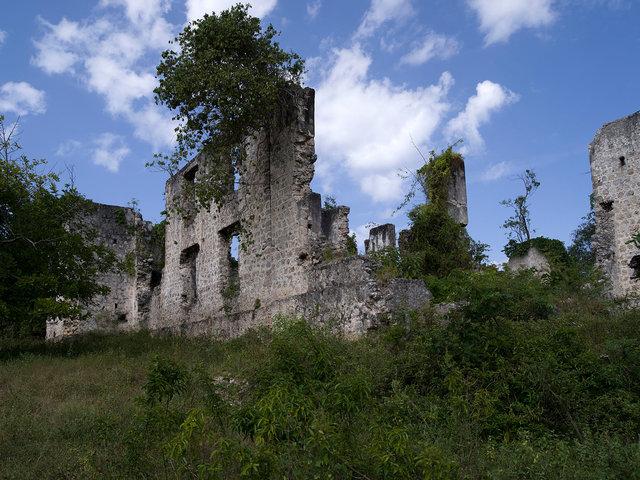
Castle Stewart was built by James Stewart, a Scotsman, who came to Jamaica in the first part of the Eighteen Century. He built an impressive rectangular cut stone mansion which became known as Stewart Castle. Now in ruin, the building from all indications appears to have been a three-storey structure consisting of a cellar, ground floor and first floor
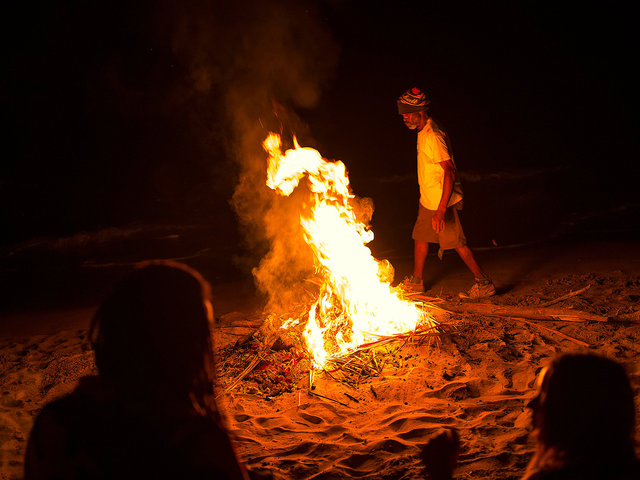
A bonfire on Treasure Beach in Southern Jamaica, a region known for having a high percentage of light-skinned Jamaicans of Scottish ancestry, possibly due to an 18th century shipwreck of Scottish sailors

A sunset over Culloden Bay in Western Jamaica which was named by Scottish plantation owners with Jacobite leanings.
